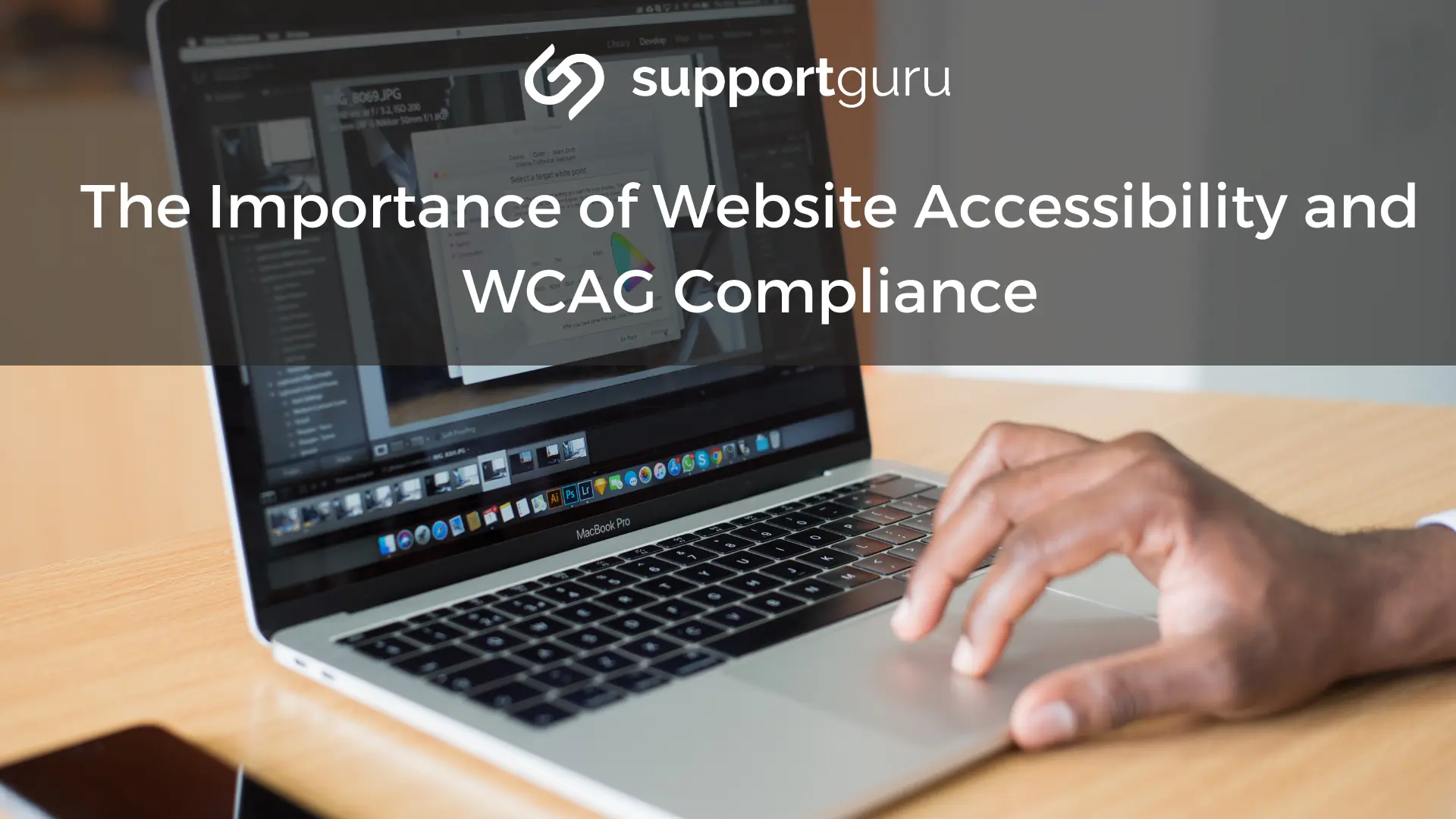For individuals with disabilities, navigating websites can present significant challenges. This is where website accessibility comes into play.
What is Website Accessibility?
Website accessibility refers to the design and development of websites that everyone uses, regardless of their abilities.
This includes people with visual, auditory, motor, and cognitive impairments. An accessible website ensures everyone has equal access to information and functionality.
Why is Website Accessibility Important?
Website accessibility is not just a moral imperative, it's a legal requirement in many countries. But beyond legal obligations, there are several compelling reasons to prioritize website accessibility.
Social Responsibility: The internet should be inclusive; everyone deserves equal access to information and opportunities. By making your website accessible, you're expanding your reach to a wider audience and demonstrating social responsibility.
Enhanced User Experience: Accessibility best practices often lead to a more user-friendly experience for everyone. Features like clear navigation, proper use of alt text for images, and keyboard accessibility benefit users with and without disabilities.
Improved SEO: Search engines like Google prioritize website accessibility when ranking websites. A website that aligns with accessibility standards is more likely to appear in search results, leading to increased organic traffic.
Reduced Legal Risk: Failing to comply with accessibility regulations can result in lawsuits and hefty fines.
Understanding WCAG Compliance
The Web Content Accessibility Guidelines (WCAG) are a set of internationally recognized standards developed by the World Wide Web Consortium (W3C) to ensure website accessibility. WCAG outlines specific criteria for making web content accessible to people with disabilities.
Level A: The most basic level, ensuring basic accessibility features are in place. This level covers essential aspects like providing alternative text for images, using clear and understandable language, and structuring content logically with headings and landmarks.
Level AA: The recommended level for most websites, addressing a wider range of accessibility needs. Level AA builds on Level A and incorporates features like ensuring sufficient color contrast for text and visuals, allowing users to resize text without affecting layout, and making all functionality operable using just a keyboard.
Level AAA: The most stringent level, catering to users with the most severe disabilities. WCAG Level AAA goes beyond Level AA and includes stricter requirements for color contrast, low-sensory content alternatives, and compatibility with a wider range of assistive technologies.
How to Ensure Website Accessibility Compliance
Achieving WCAG compliance is an ongoing process that requires commitment from website owners, developers, and content creators.
Conduct a Website Accessibility Check
Use an automated website accessibility check to identify potential accessibility issues. These tools can pinpoint areas where your website might fall short of WCAG standards, such as missing alt text descriptions for images, insufficient color contrast, or inoperable elements with a keyboard.
While automated checkers are a valuable starting point, it's important to remember that they cannot guarantee complete accessibility.
Integrate Accessibility Best Practices from the Beginning
Consider accessibility throughout the entire website development and design process. This includes using semantic HTML code to structure content, ensuring proper keyboard navigation order, and providing clear and concise language that is easy to understand for everyone.
Regularly Test and Monitor
Accessibility is not a one-time fix. As your website evolves and new content is added, it's important to regularly test your website with assistive technologies used by people with disabilities.
This can involve using screen readers, keyboard navigation tools, and screen magnification software to identify and address any accessibility barriers that might arise.
Professional Assistance
For complex websites or those aiming for WCAG Level AA or AAA compliance, consider seeking assistance from a professional web accessibility consultant.
These specialists have the expertise to conduct thorough accessibility audits, identify and remediate accessibility issues, and ensure your website meets the relevant WACG standards.
